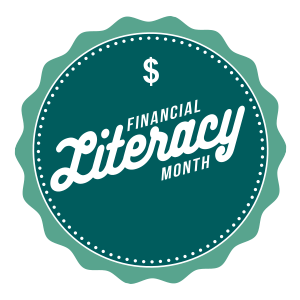

We all know the pyramid effect in the financial advisory pay scale. The owners — the lead advisors — earn the highest pay in the industry, through salary and bonuses. Meanwhile, support staff — junior advisors, traders, marketing and the operations team — earn a cool fraction of what lead advisors and owners take home.

Doesn’t this mean that we’re contradicting our advice to clients in how we treat our staff?
Do your staff members have their own financial plans? Are they contributing at effective rates to their own retirement accounts?
I discovered that my own staff members weren’t able to accomplish what we recommend to clients. An internal analysis found that only a fraction of the staff were prepared for their own retirement, had executed financial plans, and were tracking their own investment and retirement progress.
Not good enough! Here’s what we did — and what you can do — to move toward a more equitable environment for staffers that enables them to build their own retirement security.
First, raise the amount that you, as an employer, contribute to staff retirement. I start each staff member with a 10% nondiscretionary contribution to their 401(k) accounts. That’s the minimum that I recommend for clients and clients’ children when they start working.
Deploy a revenue-sharing plan for all employees. Treat staff like owners and allow them to receive a percentage of the revenues they help generate from the business. The ownership of firm success will bring in new clients and will build staff satisfaction — and loyalty.
Make sure that your staff are paid enough to support maximum voluntary contributions to their retirement savings and still be able to afford to live in your area. Understand the cost of living in your area and understand what other similar employers are offering in comp and benefits. One way to think about this is to apply the 40/30/30 rule, with your goal being to achieve 30% net revenues if it allows your staff to live happier, more sustainable lives and therefore provide your clients a higher level of service.
Next, encourage employees to use your internal financial planning software and investment education tools, for free, including retirement planning coaching from their teammates. Encourage all staff members to have their own financial plans and update them with your professional advisory team. Have at a minimum yearly educational session on planning to make sure your staffers are preparing for their own goals and retirement. For staff members with children, review college planning and commensurate financial advising.
Finally, offer generous vacation and sick leave so employees can relax and restore. Give them what you take for yourself. If you have the right people on the bus, you shouldn’t have to worry that your staff will abuse an expansive vacation or sick leave policy, and they will be happier and more gracious for it.
Even consider sabbaticals for long-term standing staff, so they have time to explore avocations and capture their vision for their retirement years. Just as your clients and possibly you yourself have struggled with midlife crisis and a feeling that you missed lifelong goals as you near retirement, give your staff an opportunity to take midcareer breaks to fulfill longstanding goals. We have extended paid sabbaticals at 10-, 20- and 30-year time frames so that no one will miss their opportunity to live in Europe, hike the Pacific Crest Trail, write a book or any other longstanding life goals they may have.
When you treat your staff like clients, informing them with the best thinking about financial planning and enabling them to apply those plans to their own goals, your investment in them will come full circle to sustain your firm’s growth — and your own goals.

Relationships are key to our business but advisors are often slow to engage in specific activities designed to foster them.

Whichever path you go down, act now while you're still in control.

Pro-bitcoin professionals, however, say the cryptocurrency has ushered in change.

“LPL has evolved significantly over the last decade and still wants to scale up,” says one industry executive.

Survey findings from the Nationwide Retirement Institute offers pearls of planning wisdom from 60- to 65-year-olds, as well as insights into concerns.
Streamline your outreach with Aidentified's AI-driven solutions
This season’s market volatility: Positioning for rate relief, income growth and the AI rebound
